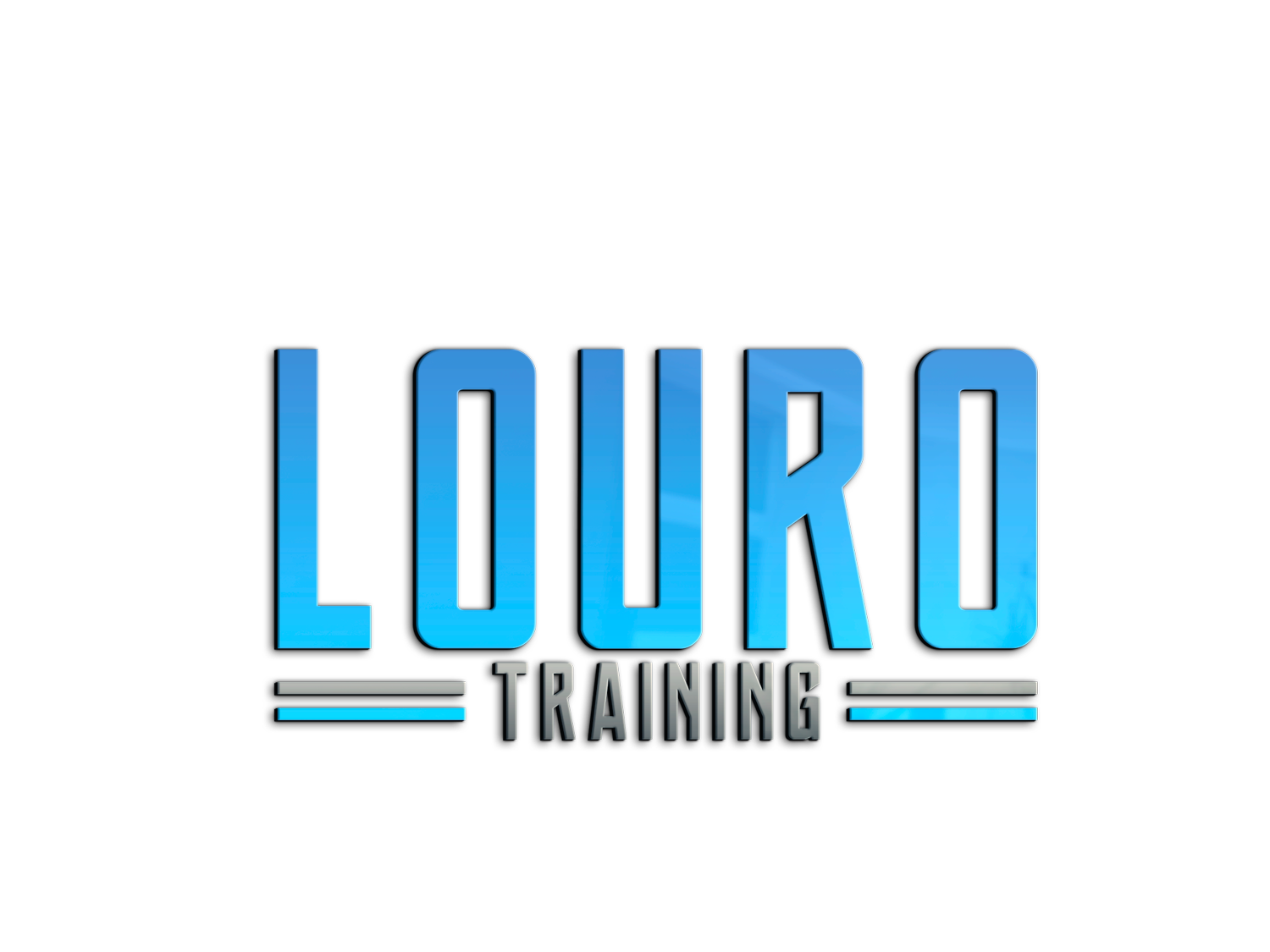Small Steps, Big Impact: Mastering the Art of Habit Change
Hey there, party people! Welcome back to the Louro Training Chronicles, where we blend science with practice to help guide you to becoming the best version of yourself. If you’re ready to revolutionize your life one small step at a time, you’ve come to the right place.
Today, we’re kicking off a three-part series delving into the world of habits, exploring how tiny changes can lead to monumental results. We’re drawing inspiration from James Clear, the habit maestro and author of "Atomic Habits," as we embark on this journey together.
The Tiny Revolution: It’s Science, Not Sorcery
Let’s start with a story from "Atomic Habits." Clear references a man struggling with his weight who decides to make a change. Instead of committing to an hour of exercise daily—a commitment that might feel overwhelming and be destined for tragedy—he starts with something almost laughably small: his first mission? Drive to the gym, sit in the parking lot for a few minutes, and then leave. That’s it. No workout, no sweat, just a casual drive.
Sounds crazy, right? But here’s the kicker: it worked. Week by week, he added tiny steps. First sitting in the parking lot, then walking on the treadmill for a five-minute stroll, and so on. Fast forward a year, and the guy had lost a ton of weight. Not by making grand, sweeping changes, but by starting so small, it was almost laughable.
This approach is grounded in science. Our brains are wired to resist dramatic changes, which is why grand New Year’s resolutions often fail. By starting small, we can bypass this resistance, creating new habits that stick.
James Clear puts it best: "We don't rise to the level of our expectations; we fall to the level of our systems or habits." It’s a powerful reminder that our daily habits are the architecture of our lives, shaping our future in ways we might not even realize.
The Perfectly Built Present
Take a moment to reflect on where you are right now, in this very moment. Your habits have been perfectly constructed to bring you here. Whether it’s your health, your career, or your relationships, your current situation is a direct result of your daily routines and habits. And here’s the kicker: in all likelihood, most of these habits weren’t consciously chosen. They’re the product of repeated actions, day in and day out, gradually building up over time.
Actionable Items: Building Habits that Last
Choose a Manageable Habit: Start with a habit so small it feels almost too easy. Want to read more? Start with a single page each night. The goal is consistency, not intensity. Become the person who reads every night.
Optimize Your Environment: Make your chosen habit as easy as possible to adopt. If you’re trying to eat healthier, stock your fridge with fresh fruits, veggies, and lean proteins, and keep the junk food out of sight. Create a space that supports your goals. Make the best choice the easiest choice, and make the not-so-great choice difficult.
Track Your Progress: Use a habit tracker or journal to document your journey. This provides a visual reminder of your commitment and progress, helping to keep you motivated.
Celebrate Your Successes: Take time to acknowledge your achievements, no matter how small. Completed your habit for the day? Give yourself a pat on the back. These moments of recognition are crucial for building momentum. Just be sure to celebrate in a way that doesn’t negatively impact your progress.
Be Kind to Yourself: Missed a day? It’s not the end of the world. What matters is your response. Instead of beating yourself up, acknowledge the slip-up and recommit to your habit the next day. Progress is rarely a straight line, and that’s okay. Just don’t miss twice.
Leveraging Habit Stacking: A Clear Strategy
Now, let’s dive into a game-changing strategy that James Clear passionately advocates for: habit stacking. It’s a simple yet powerful technique to incorporate new habits into your existing routine by stacking them onto habits that are already second nature to you. The formula is straightforward: “After [CURRENT HABIT], I will [NEW HABIT].” It’s like creating a cue for your new habit, making it easier to remember and adopt.
Let’s take a health-related example. Suppose you’re trying to drink more water throughout the day. You can use habit stacking to seamlessly integrate this new habit into your routine. Here’s how it could look: “After I brush my teeth in the morning, I will fill up and drink a glass of water.” Brushing your teeth is already an established habit, so by attaching the new habit of drinking water directly to it, you create a natural and effortless trigger.
This method leverages the existing neural pathways of your old habits, creating a domino effect that makes adopting new habits feel like a breeze. It’s about working smarter, not harder, and letting the momentum of your existing habits carry you forward.
As we wrap up the first installment of our series on building better habits, remember that the journey to change is a marathon, not a sprint. By starting small and staying consistent, you’re laying the groundwork for lasting transformation.
Stay tuned for part two, where we’ll explore how to overcome challenges and maintain momentum on your habit-building journey. Until then, keep it small, stay positive, and embrace the journey.
Until next time,
Louro Training
